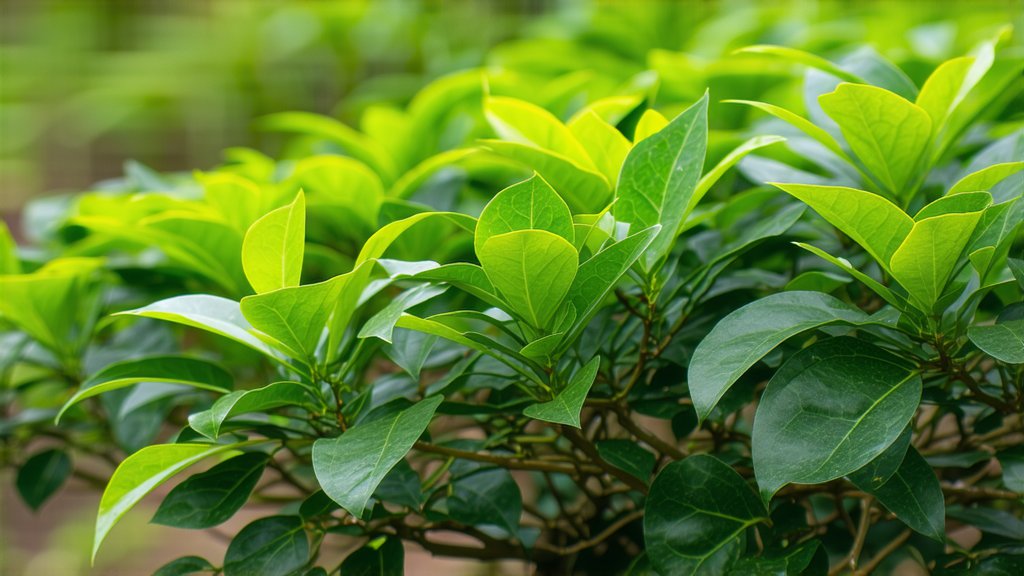
Nestled within the lush landscapes of Hunan province lies a gem that has quietly captivated tea enthusiasts for centuries—Junshan Yinzhen, a premier variety of China's lesser-known yet profoundly unique category of tea known as Huangcha, or yellow tea. As a distinguished member of the pantheon of Chinese teas, Junshan Yinzhen stands as a testament to the artistry and precision inherent in traditional tea cultivation and processing methods. This article embarks on a journey through the history, varieties, production techniques, and appreciation rituals surrounding this golden elixir, shedding light on its allure for both seasoned connoisseurs and newcomers alike.
A Glimpse into History
The origins of Huangcha, including Junshan Yinzhen, trace back over a millennium to the Tang Dynasty (618-907 AD), though it was during the Ming Dynasty (1368-1644 AD) that yellow tea began to gain recognition as a distinct category separate from green and black teas. Junshan Yinzhen, specifically named after the Junshan Island in Hunan's Dongting Lake, has been cherished since the early Qing Dynasty (1644-1912), with its production closely tied to the island's unique microclimate and fertile soil.
Varieties and Characteristics
Junshan Yinzhen is characterized by its slender, needle-like leaves that are typically around 25mm in length, giving it a delicate and elegant appearance. The tea boasts a bright golden color when brewed, accompanied by a subtle yet complex aroma reminiscent of jasmine and orchid, intertwined with sweet hay notes. Its flavor profile is mellow, with a natural sweetness and a hint of fruitiness that lingers on the palate, devoid of the grassiness often associated with green teas.
The Art of Processing
The magic of Junshan Yinzhen lies not only in its terroir but also in its intricate processing method, which sets it apart from other tea categories. The journey from leaf to cup involves several meticulous steps:
-
Withering: Freshly picked leaves are spread thinly on bamboo mats under the sun or in a shaded area to reduce moisture content gently, allowing enzymatic activity to begin.
-
Fixation: Unlike green tea, which undergoes high-temperature fixation to preserve chlorophyll, yellow tea like Junshan Yinzhen is fixed at a lower temperature (~160°C), enabling partial oxidation without killing all enzymes. This step contributes to the tea's distinctive yellowish hue.
-
Wrapping and Sweating: A unique process to Huangcha, the fixed leaves are wrapped in paper or cloth and left to 'sweat' for several hours, promoting further enzymatic reactions that deepen the yellow color and develop its characteristic flavors.
-
Drying: Finally, the leaves are dried slowly over low heat to remove any remaining moisture, ensuring stability and readiness for storage or consumption.
Appreciating Junshan Yinzhen
To truly appreciate Junshan Yinzhen, one must engage in a mindful tasting ritual that honors its nuances:
-
Warm the Teaware: Begin by warming the teapot and cups with hot water to enhance the tea's aroma and maintain its temperature.
-
Measure and Infuse: Use approximately 3 grams of Junshan Yinzhen per 150ml of water. Pour freshly boiled water cooled to around 80-85°C over the leaves, allowing them to unfurl gracefully.
-
Steeping Time: The first infusion should be short, around 1-2 minutes, gradually increasing with subsequent infusions. Junshan Yinzhen can be steeped multiple times, each revealing different facets of its flavor profile.
-
Observation and Aroma: Admire the tea's golden liquor, then bring the cup close to inhale its subtle fragrance before sipping.
-
Savoring: Take small sips, allowing the tea to coat your palate fully, noting its smooth texture, sweetness, and the gentle aftertaste.
In conclusion, Junshan Yinzhen represents more than just a beverage; it embodies centuries of cultural heritage, a deep connection to nature, and an art form perfected over generations. As you delve into this golden world of Huangcha, its history whispers tales of ancient tea masters, while each sip transports you to the misty mountains of Hunan, inviting you to experience the timeless elegance of China's yellow tea.
Keywords: Junshan Yinzhen, Huangcha, historical significance, tea processing, sensory evaluation